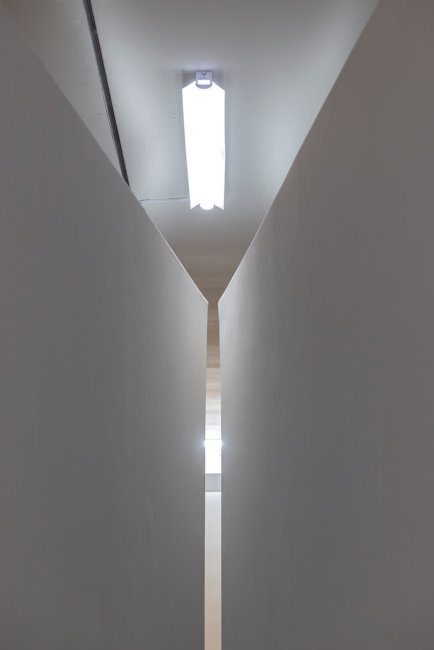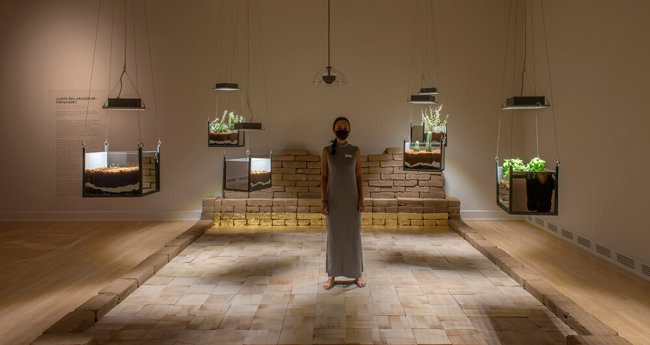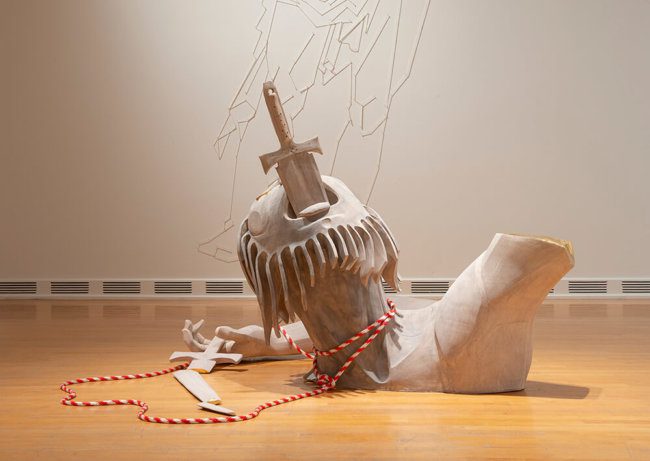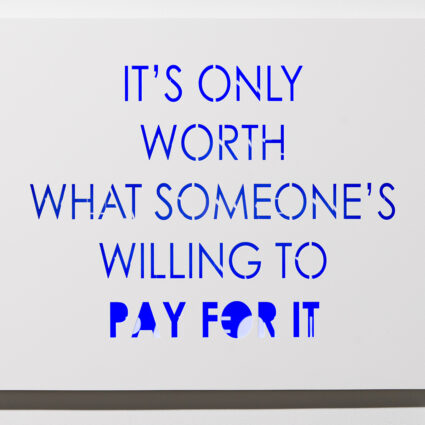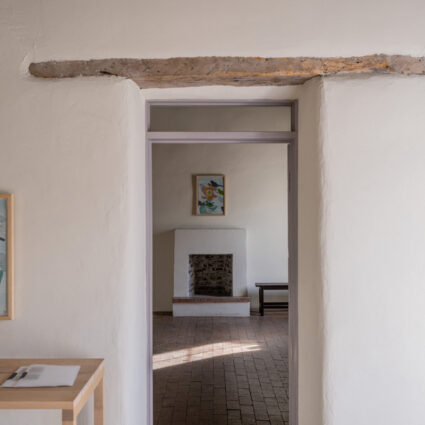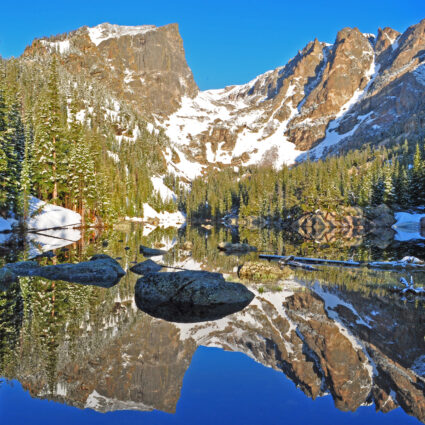The artists in Undoing Time: Art and Histories of Incarceration explore the relationship between visual culture and imprisonment at the ASU Art Museum.
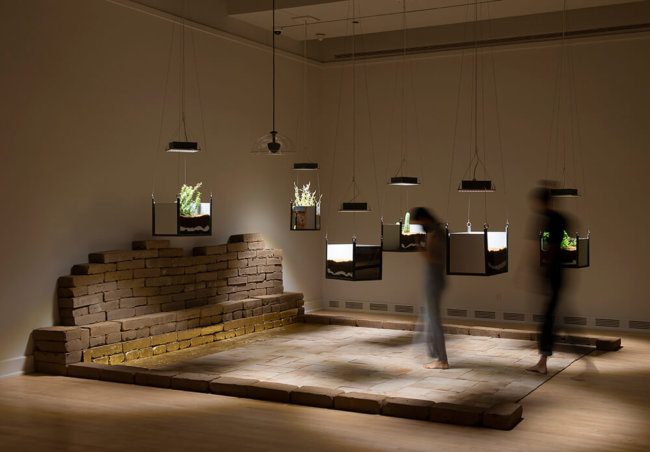
Undoing Time: Art and Histories of Incarceration
September 10, 2021–February 12, 2022
Arizona State University Art Museum, Tempe
A ceramic coal-black eagle lies belly-up inside a gallery space, circled by a long strip of black fiber bearing familiar phrases embroidered in gold capital letters: Thoughts and prayers. Drain the swamp. Build the wall. Freedom isn’t free.
It’s part of an installation by Vincent Valdez and Adriana Corral. Valdez is one of twelve artists commissioned by the Arizona State University Art Museum to make new works that give material form to history, research, and storytelling. Collectively, the artists in Undoing Time: Art and Histories of Incarceration explore the relationship between visual culture and imprisonment through film, installation, photography, sculpture, sound, video, and other media.
A dark Cloudroom with slide projectors rotating through more than 500 art historical images sets the scene, along with a James Baldwin quote, “People are trapped in history and history is trapped in them.” Throughout, the museum amplifies the complicity of art institutions while suggesting their responsibility to help reimagine the future, thus broadening public conversations around mass incarceration.
Text on museum stairs, a display case filled with research materials, interactive prompts for further reflection, and robust public programming round out the offerings. Here, the exhibition’s four organizers deliver a beautifully constructed work of intellectual architecture with emotive space for viewers to insert their own visceral reactions.

Most powerful are Carolina Aranibar-Fernández’s Multi-ples Capas (Multiple Layers), which addresses colonization and capitalism in part through tiles that will slowly crumble over time as visitors traverse them, and Raven Chacon’s Decrescendo/Crescendo, a sculptural sound work comprising a narrowing passage with audio from an undisclosed juvenile detention center.
Other participating artists include Juan Brenner, Ashley Hunt, Sandra de la Loza, Cannupa Hanska Luger, Michael Rohd, Paul Rucker, Xaviera Simmons, Stephanie Syjuco, and Mario Ybarra Jr. Several created works rooted in their own communities, demonstrating the intersection of art and activism while effectively moving viewers past a merely theoretical consideration of carceral culture.
